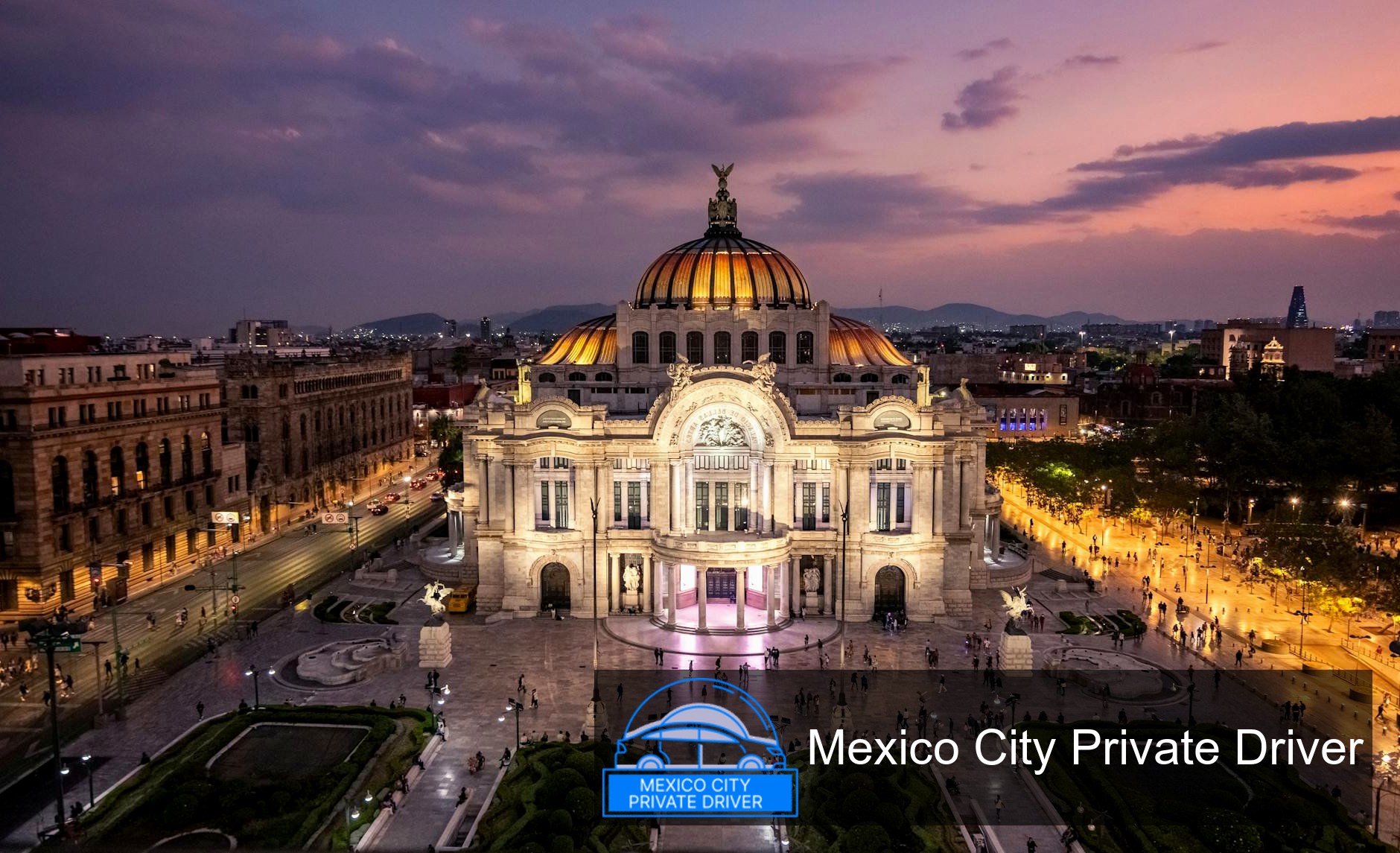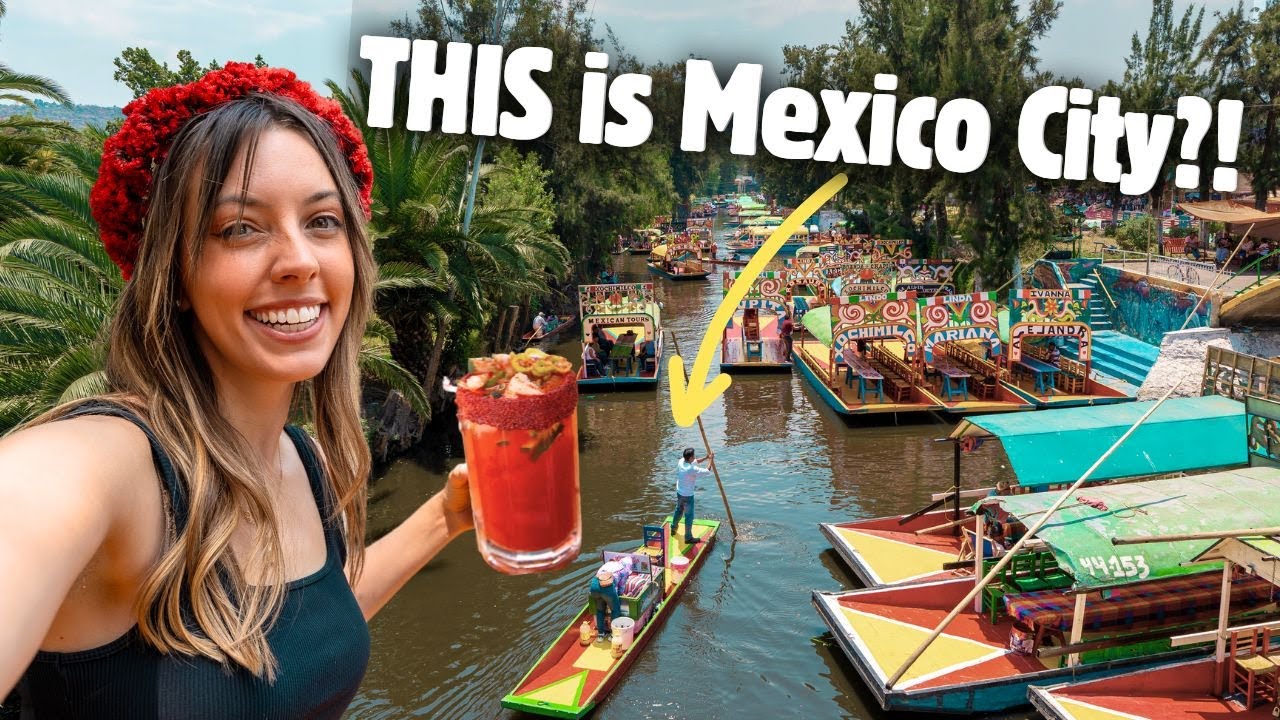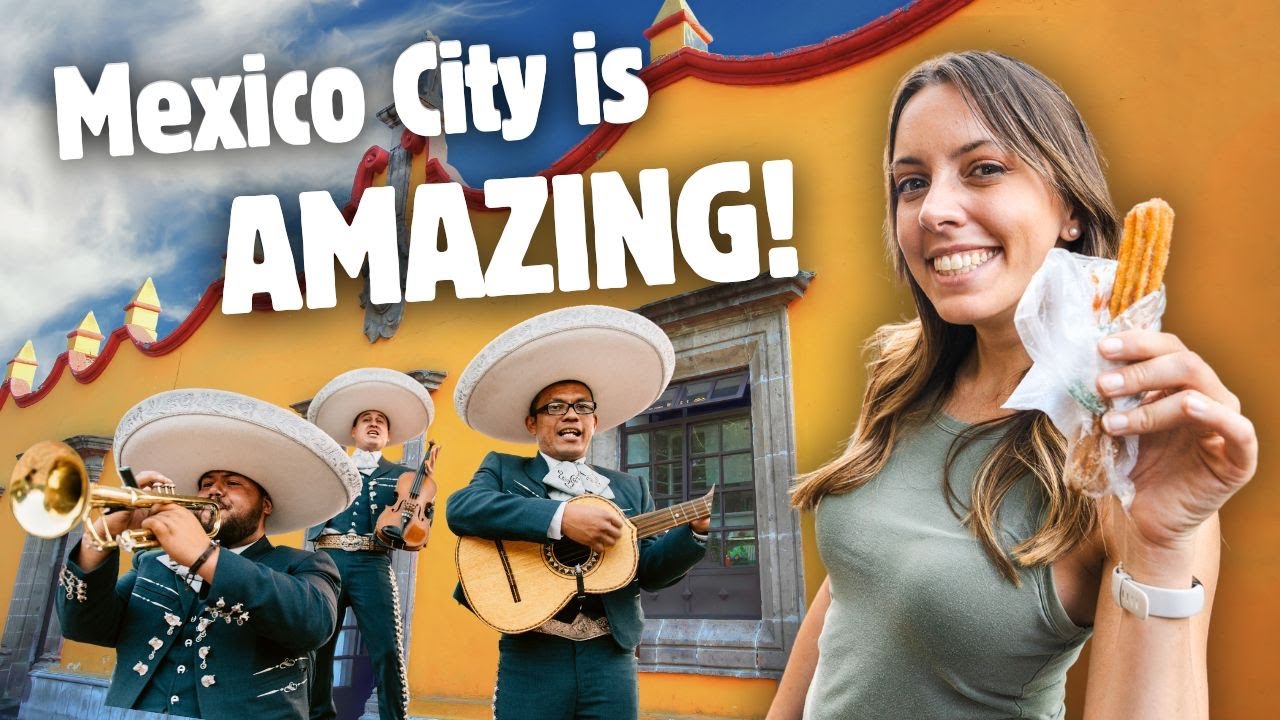TL;DR Palacio de Bellas Artes is Mexico City’s crown-jewel cultural palace: an Art Nouveau exterior of white Carrara marble and an Art Deco interior that houses national performing companies (including Ballet Folklórico), a 1,700-seat main hall, rotating exhibitions and frequent guided tours. I’ve attended performances, taken the public tour, and walked its marble halls — this guide gives history, what to see, realistic planning steps for 2025, a quick venue comparison, a practical step-by-step visit plan, and answers to common visitor questions. Always check the INBA and CDMX event pages before you go for current schedules and prices.
Palacio de Bellas Artes Mexico City: Complete 2025 Visitor Guide
Why Palacio de Bellas Artes matters
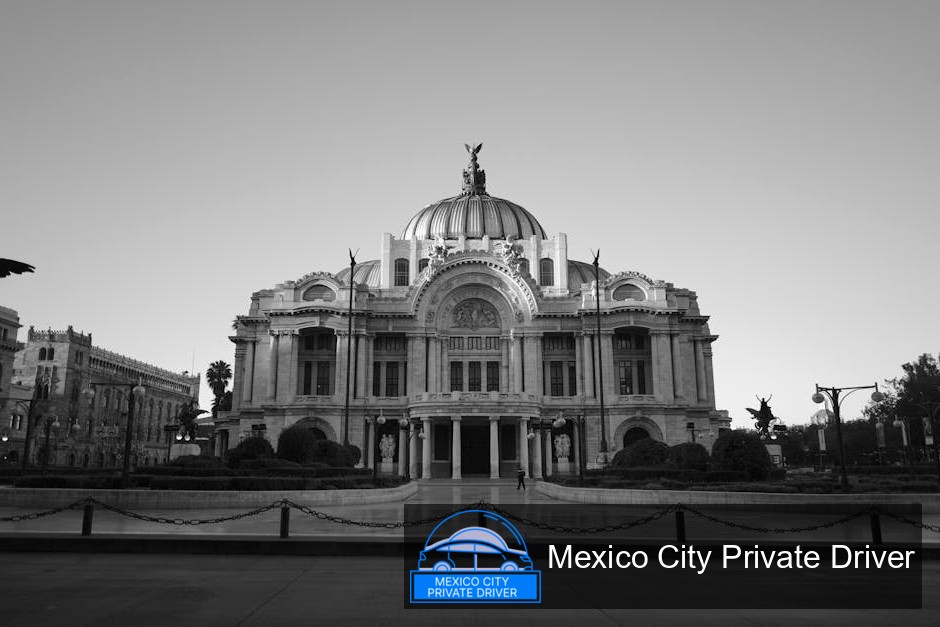
I remember the first time I stepped onto the plaza facing Avenida Juárez and saw the palace’s white marble glowing against the sky. It’s not just a pretty building — it’s Mexico’s principal fine-arts institution and the national hub for theater, dance, music and cultural policy (it’s the seat of the Instituto Nacional de Bellas Artes y Literatura / INBAL/INBA). The palace hosts the National Theater, National Dance Company, National Symphony Orchestra, National Opera Company, the renowned Ballet Folklórico de México, and more. For many visitors, Ballet Folklórico is the entry point: it’s visual, language-free, and incredibly moving (CDMX city site).
Short history & architecture (what you’ll see)
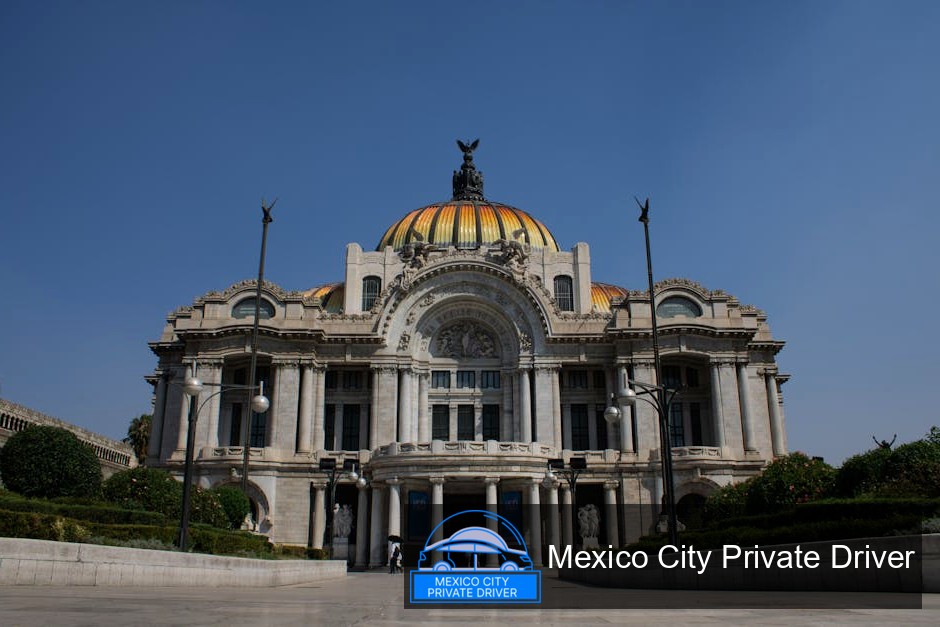
I’ve read archival notes and walked the building enough to appreciate the layered story here. Construction began in 1904 under Italian architect Adamo Boari, meant to replace the old National Theatre as part of early-20th-century civic beautification. Work slowed and halted repeatedly during Mexico’s Revolution; Boari returned to Europe in 1916 and the building’s completion spanned decades (INBA).
- Exterior: principally Art Nouveau, clad in white Carrara marble with sculptural details — the plaza features four Pegasus sculptures by Agustí Querol Subirats and allegorical figures at the main entrance by Leonardo Bistolfi (CDMX site).
- Interior: the palace’s interior reads as Art Deco. The central roof includes a crystal skylight designed by Hungarian artist Géza Maróti depicting muses and Apollo (CDMX site).
- Main hall: a theatrical centerpiece that seats roughly 1,700 people and hosts major national productions.
What to see and do inside
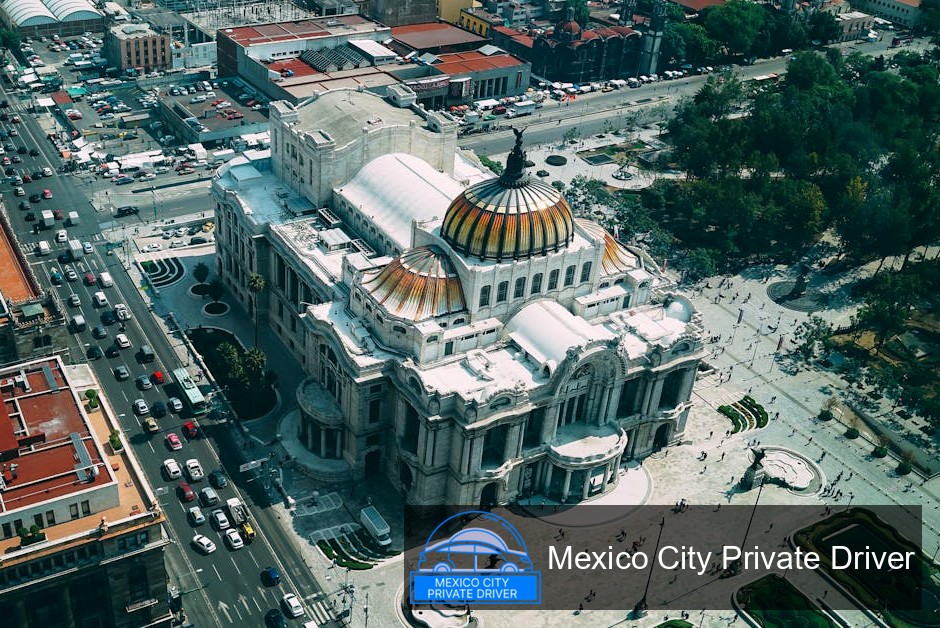
Whether you have two hours or a full evening, the Palacio offers several distinct experiences:
- Attend a performance: Ballet Folklórico evenings are the most tourist-popular — expect a dynamic, colorful program representing regional dances. Other offerings include opera, symphony concerts and theater.
- Guided tours and exhibits: the palace runs scheduled tours that explain architectural details, the building’s history and behind-the-scenes areas. There are also rotating visual-arts exhibitions tied to the national program.
- Architecture and sculpture: don’t miss the Carrara façade, the Pegasus on the plaza, the marble entrance sculptures, and the crystal skylight inside.
- Lobby and public spaces: take time to view the grand staircases and decorative details; even a passive walk-through offers a museum-like experience.
My experience: attending Ballet Folklórico
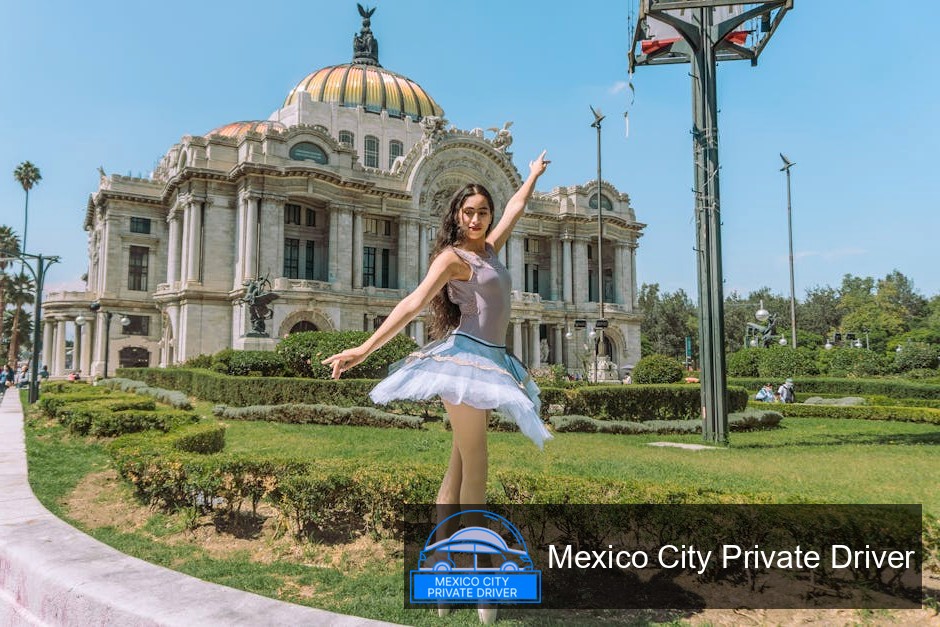
Seeing Ballet Folklórico here is how many visitors experience the Palacio the first time. The troupe’s visually powerful performances — colorful costumes, dramatic staging, and live music — make language irrelevant. From a practical point of view: book weeks in advance for Friday and weekend performances; choose seats in the stalls for the best color and movement detail; and arrive early to enjoy the exterior and lobby before curtain.
Comparative snapshot: Palacio vs other Mexico City cultural stops
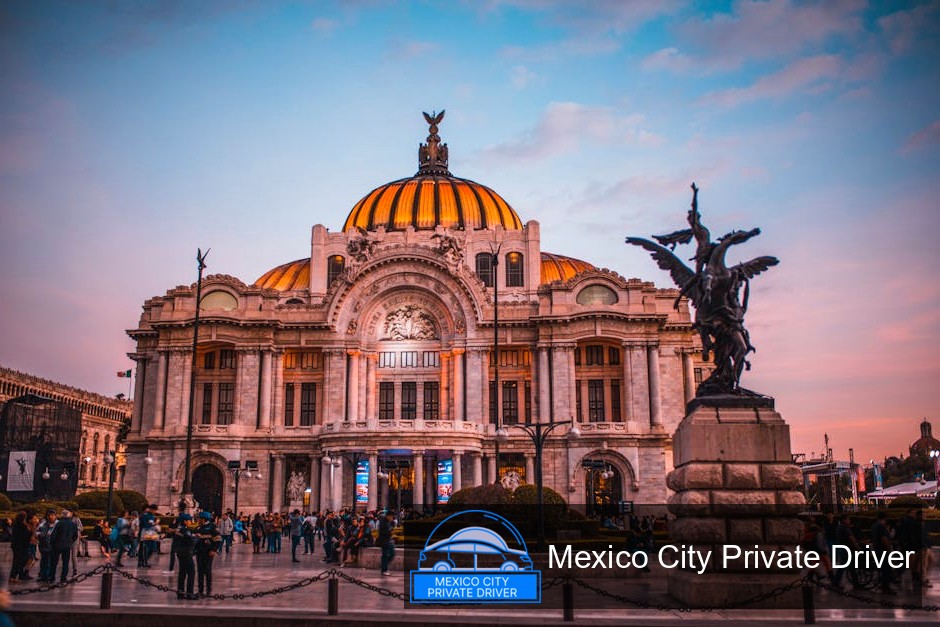
| Feature | Palacio de Bellas Artes | Museo Nacional de Antropología |
|---|---|---|
| Type | Performing arts palace + exhibitions | Archaeology and ethnography museum |
| Main draw | Live performance, iconic architecture | Pre-Columbian collections (Aztec, Maya) |
| Recommended visit length | 1–3 hours (performance evenings longer) | 2–4 hours |
| Best for | Culture-first visitors, performance lovers, photographers | History buffs, families, students of archaeology |
| Pro tip | Pair with a walk through Alameda Central and the Zócalo | Plan for crowds and pick exhibits in advance |
Before you go: tickets, hours, and what to check
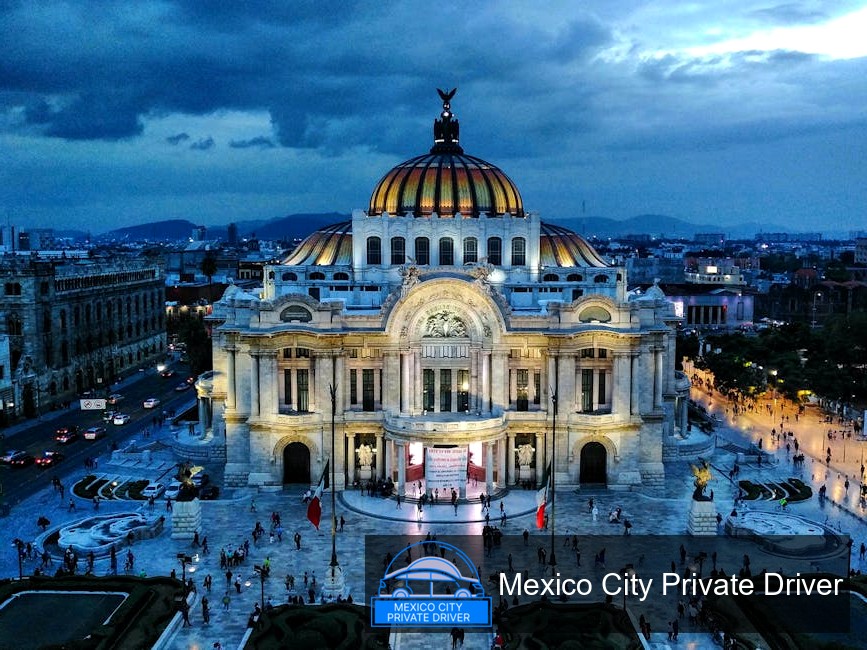
Practical realities change — performance schedules, tour times and entrance rules are set by INBA and the CDMX cultural authorities. Here’s what I always verify 1–7 days before an outing:
- Official event calendar and ticketing (INBA and Palacio pages).
- Whether the performance or exhibition requires advanced booking or timed-entry tickets.
- Security, bag policies, and clothing guidance for formal events (some performances can be dressy).
- Public transit disruptions or nearby demonstrations; the palace is in the historic center and streets can close for events.
Practical Guide
Below are concrete, ordered steps I use every time I plan a Palacio visit — follow them and you’ll avoid common pitfalls.
- Choose your experience:
- Performance night (Ballet, Opera, Symphony) — pick date and seat category.
- Guided tour or daytime visit — check tour times and book a spot.
- Book tickets online:
- Use INBA’s official site or the palace’s ticketing partner. Buy sooner for weekend shows.
- For popular Ballet Folklórico nights, I book at least 2–4 weeks out in high season (holidays and festivals).
- Plan arrival:
- Allow 45–60 minutes to arrive early for security screening and to enjoy the plaza and lobby.
- If you prefer public transit, head toward the Alameda Central / Palacio area — confirm current stops and service before leaving.
- On-site routine:
- Bring ID and your printed or mobile ticket.
- Expect a security check; minimize bulky bags to speed entry.
- If you want photos, check the ticket or staff for the palace’s photography policy; some performances restrict flash or any photography.
- Enjoy and follow etiquette:
- Arrive for staged events at least 20–30 minutes before curtain.
- For daytime tours, be ready to climb stairs or navigate small rooms if visiting backstage or galleries.
- After the visit:
- Take a walk in Alameda Central, visit nearby attractions (Palacio Postal, Zócalo), or have dinner in Centro Histórico.
Practical tips I rely on
- Pack light: security screening is efficient but slower with luggage.
- Seat choice matters: stalls give intimacy with dancers; higher rows give better whole-stage sightlines for large sets.
- Weather: marble exterior can be slippery after rain; wear comfortable, stable shoes for plaza and steps.
- Language: many performances (especially dance) are non-verbal; program notes may be Spanish-only — bring a quick translator app if needed.
- Accessibility: the palace does offer accessibility features, but availability for some backstage areas may be limited — check in advance with INBA for specific needs.
Where to eat and what else to do nearby
I often make an evening of it: a pre-show dinner in Centro Histórico or a post-show stroll through Alameda Central. The surrounding blocks are rich with cafés, historic post office buildings and museums, so pairing the palace with a short cultural crawl is easy and satisfying.
Costs and booking realities (2025)
Ticket prices fluctuate by program, season and seat. In my recent visits, evening performances range from budget-friendly gallery seats to premium orchestra seats. For the most accurate pricing: check INBA and the Palacio ticket office online; if pricing isn’t listed, call the box office. If you’re on a tight budget, look for daytime tours or free public events occasionally offered by INBA.
Safety and etiquette
Centro Histórico is lively and mostly safe in tourist areas, but I follow standard precautions: watch belongings on crowded plazas, use official taxis or ride-hailing apps at night, and avoid displaying large amounts of cash. Inside the palace, respect signs about photography and silence during performances; applause is the expected response at scene ends.
FAQs
How do I buy tickets?
Buy via the official INBA/Palacio ticketing page when available, or at the palace box office. For popular shows like Ballet Folklórico, book in advance online or call the box office. If availability is limited, check authorized ticket resellers but verify legitimacy.
Are there guided tours and how long are they?
Yes — the Palacio runs guided tours focusing on architecture, history and selected interiors. Tour lengths vary; a typical visit is 45–90 minutes. Confirm times and languages on the INBA schedule before you go.
Can I photograph inside?
Policies differ by space and by event. Architectural photography in public lobbies is usually allowed, but flash and tripods may be restricted. During live performances, photography is often prohibited. Ask staff at entry or check the event ticket page for specific rules.
Is the Palacio wheelchair accessible?
The palace has accessibility provisions for visitors, but backstage or historic areas may have limitations. Contact INBA in advance to confirm access arrangements and to reserve accessible seating for performances.
What’s the best time to visit?
Evening performances are the most atmospheric; for architecture and galleries, arrive mid-morning or early afternoon on a weekday to avoid the largest crowds. If you want to photograph the façade, morning light from the east often flatters the marble; check sunrise times seasonally.
How long should I schedule for a visit?
Plan at least 1–2 hours for a daytime visit (including a short guided tour or exhibition). For an evening performance, allow 3–4 hours including arrival, showtime, and a post-performance exit.
Are there discounts for students or seniors?
Discounts are commonly offered for students and seniors at many Mexican cultural institutions. Have ID ready and verify current discount policies on the INBA/Palacio ticketing pages or at the box office.
Final thoughts — what I recommend
If you can only do one cultural thing in Centro Histórico, the Palacio de Bellas Artes is my top pick: the blend of architecture, national performing companies and the dramatic plaza make it uniquely Mexican and internationally resonant. For 2025 planning: pick a performance if you want a show, or a guided tour if you want architecture and backstage stories. Either way, confirm times on the INBA and CDMX pages before you leave and allow a relaxed schedule so you can absorb the building and its surroundings.
Sources and notes: historical and institutional details in this guide are drawn from the Palacio de Bellas Artes information on the official CDMX city website and the INBA/Instituto Nacional de Bellas Artes pages. Specific schedules, ticket prices, accessibility accommodations and temporary exhibits change frequently — check the official Palacio/INBA pages before your visit. If you want, I can look up current performance schedules and ticket links for your exact travel dates.
Martin Weidemann is a digital transformation expert and entrepreneur with over 20 years of experience leading fintech and innovation projects. As a LinkedIn Top Voice in Digital Transformation and contributor to outlets like Forbes, he now brings that same expertise to travel and mobility in Mexico City through Mexico-City-Private-Driver.com. His focus: trustworthy service, local insights, and peace of mind for travelers.

